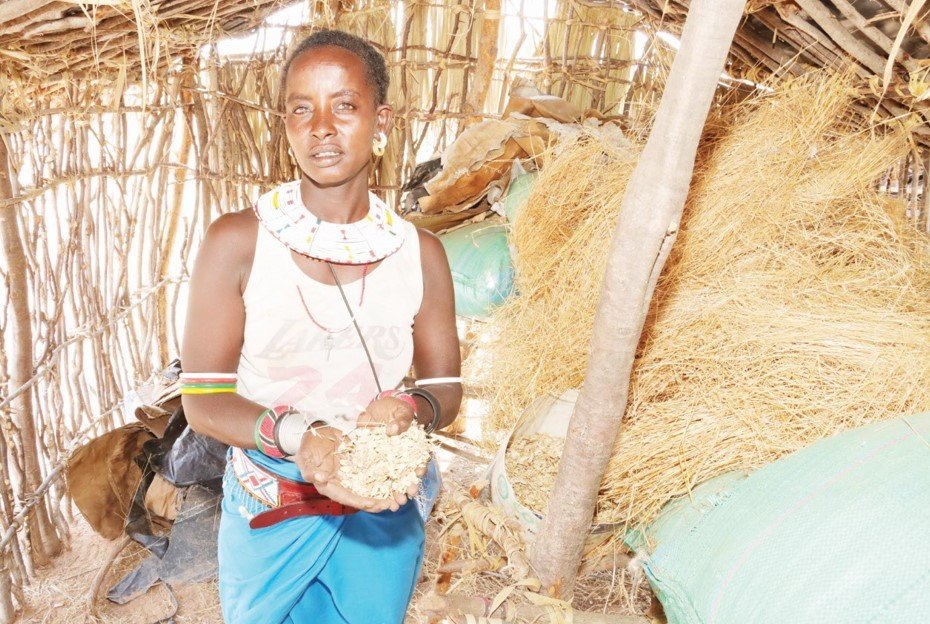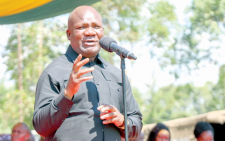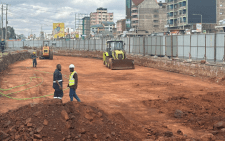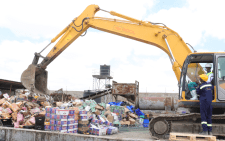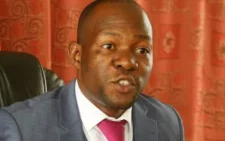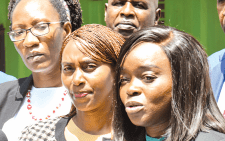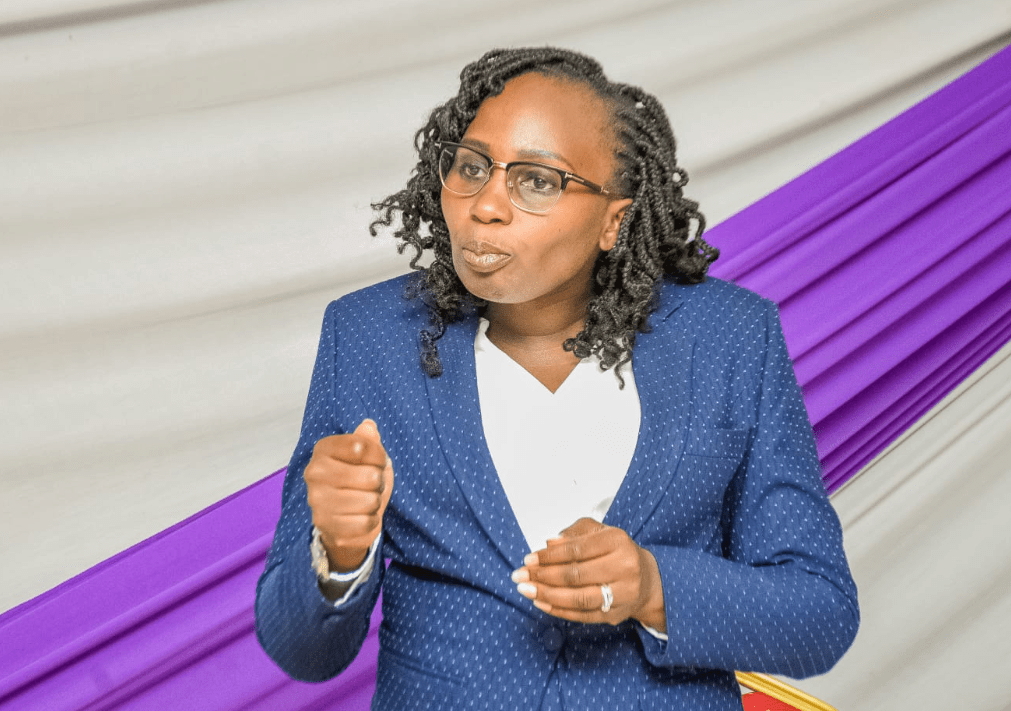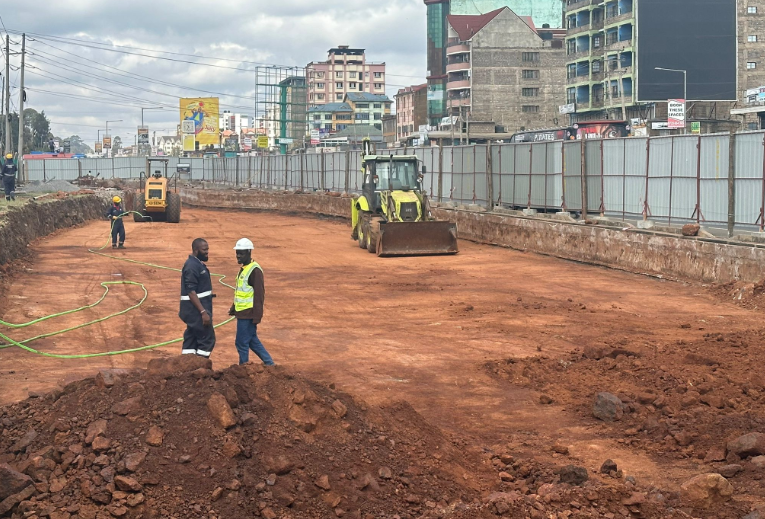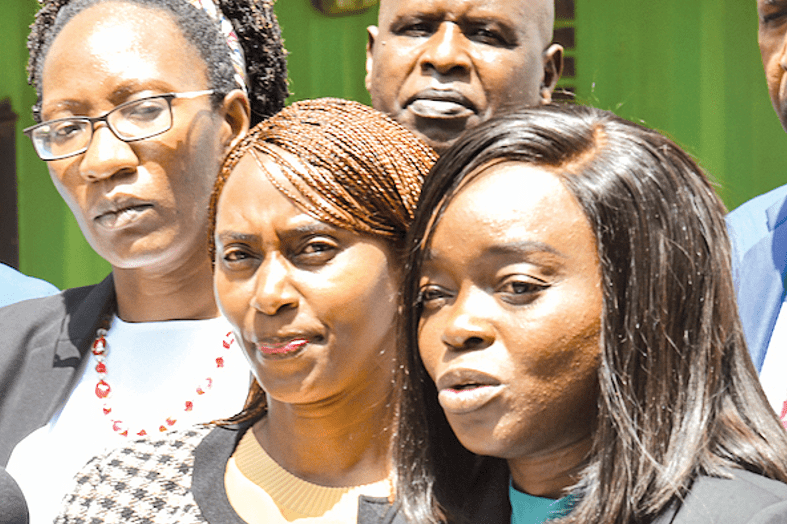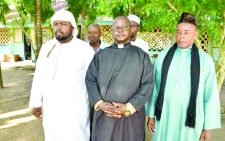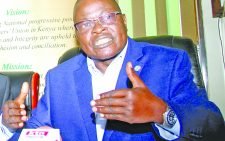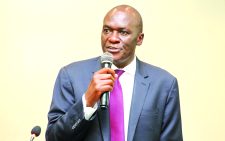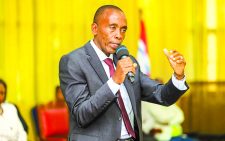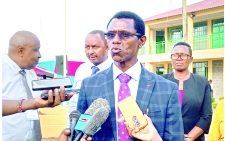A cursory glance at the lowlands of the spectacular 2,000m Mt Ololokwe towering huge sections of Samburu East constituency in Samburu county can be deceiving.
At a glance, one is only able to spot the distinctive view of the surrounding semi-arid plains which are a distance from the typical mountain.
Though breathtaking, a careful analysis of the valleys – about five kilometers from the main road, however takes us to Nakwamur and Lalesoro villages.
Known for prolonged droughts and longstanding conflicts between Samburu, Turkana and Borana communities, residents of the arid villages survive on livestock production for food and nutritional security, income generation, and overall household well-being.
The locals keep goats, cattle camels among other domestic animals on the collectively owned arid lands.
The entire county enjoys a population of more than 184,000 heads of cattle, over 500,000 goats, slightly below 400,000 sheep, over 32,000 camels, close to 30,000 donkeys and more than 30,000 indigenous chickens.
Land pressure
Due to perennial threat of drought occasioned by climate change, population growth, land pressures and tribal conflicts, the crucial livelihood activity has however triggered a chronic ulcer between members of various communities as herders struggle to feed their livestock with pasture and water.
Meet Uyam Learpora, a 36-year-old mother of seven children from Nakwamur village who has over the years been walking over 330km whenever there is drought in search of pasture and water to feed her cows.
During the 2022 drought, the longest in all the life of Learpora, her 10 cows and tens of goats died leaving her with only 12 cows some of which she was compelled to relocate to less drought-prone areas to survive.
Every dry season, Learpora told People Daily that depletion of pastures often forces livestock to migrate far from homesteads, leaving no milking herds nearby, which results in reduced milk availability for children under five.
“We are used to travelling for three or more days all the way to the border between us, Borana and Turkana communities in search of pasture and water. Why there has been endless conflicts here is because of scramble for the scarce pasture as everyone is keen to ensure their livestock survive the dry season,” Learpora told People Daily.
As a result, many children are left struggling with acute malnutrition which often delays mental development, poor school performance, reduced intellectual capacity and ultimately economic productivity.
To address the perennial skirmishes and foster peace among warring pastoral communities, villagers have begun embracing rangeland rehabilitation in promoting the regeneration of browse and pasture, leading to improved livestock production, increased milk availability, and enhanced nutrition.
Under a programme dubbed Pasture Production and Nutrition Resilience by USAID Nawiri, a local non-governmental organization, locals have begun massive production of African Foxtail grass, a drought tolerant grass that grows well in arid regions.
Designated pasture sites
After attending various training sessions, locals led by Royman Lolpuranai, 27, told journalists that they are now able to rehabilitate designated pasture production sites in sizes of 10-30 acres, to craft simple, cost-effective soil and water conservation techniques such as establishment of semi-circular bunds to retain runoff water and promote practices easily adoptable by pastoral and agro-pastoral communities.
The program which started a year ago saw villagers form groups to rehabilitate sections of undeveloped land to produce enough grass to last them even during dry seasons.
So far, 495 acres of land have been rehabilitated in the entire Samburu County. It entails massive fodder production at designated land sections, harvesting and proper storage of the hay for use during the none-rainy seasons.
The villagers have also been selling surplus bales of fodder in the nearby markets at between Sh 400 and Sh 450 and use mature pasture seeds to further expand their farms. The move, they hope will bring to an end, decades of travelling long distances to look for pasture and at the same time reduce the scramble for fodder with other communities.
“For the past one year, we have been able to plant and harvest thrice as rains have been consistent. During this period, our children are healthier as they no longer miss milk to keep them strong. We are also able to meet their other basic food demands from the returns we make either through the sale of fodder or our livestock,” noted Lolpuranai, a trainer and a member of the Lokere Nalepo and Nkaikelepo pasture production groups.
Besides sustainably feeding their livestock, the locals have further begun saving proceeds of livestock and fodder sales for future use.
Secure loans
The savings done through community groups are able to help villagers secure loans to expand their businesses and take children to school which are given depending on ones’ credit status and the number of livestock they have and which they repay at a minimum interest.
Through Nawiri, an eight-year USAID funded programme, locals have been able to combat persistent acute malnutrition (PAM).
The organization has been sustainably reducing persistent acute malnutrition through a multi-sectoral approach such as cash transfers for consumption, health and nutrition education, counseling, and social behavior change. But the locals still feel insecurity, scarcity of water and high illiteracy levels need to be addressed to enhance social-economic growth in the area.
Gabriel Lenyakopiro, a former chief for Uwaso East Location told journalists that while the Nawiri project has offered locals a lifeline after it disorganized their traditional grazing patterns, more needs to be done to fast-track economic development of the area.
“We are grateful that USAID Nawiri came through for the Samburu community and offered us capacity building that is now enabling so many families to feed with ease. The zonal pasture production groups have lessened conflicts and facilitated sustainable reduction of persistent acute malnutrition among children. Locals however require more education and sustainable water sources such as dams to remain self-reliant,” stated Lenyakopiro.

